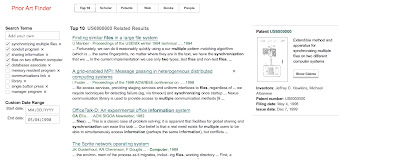Is it quite common and important practice to conduct FTO search before launch a new product in market as it tells about the competitors in the market and also tells from whom license for the technology has to be taken to sell that product.
There are few things that need to be considered while conducting an FTO search.
- You should know in which country/region company is about to launch the product as the patent is jurisdiction specific you need to focus on only countries where company is willing to sell the product.
- All in-force and alive patents need to be analyzed. Remember lapsed patents are equivalent to NPL they have no rights what so ever.
- You are not supposed to search for Non-Patent literature.
- All patent applications which are pending in respective authorities need to be analyzed, make sure they are not abandoned in office action
- All WIPO applications which have respective authority in designated state need to be analyzed.
- All the features related to product should be mapped using claims only (You can add supporting text for claims)





